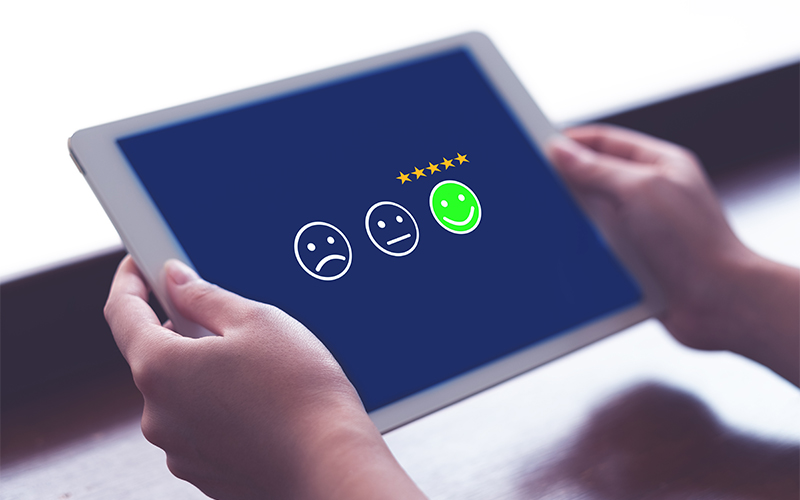An uncertain market environment, rapidly changing business dynamics, and the looming global recession, coupled with post-pandemic blues, hybrid working models….we are in the middle of a transformation both in the way we work and live. It’s no wonder that in the corporate world, business and human resource (HR) leaders are gearing up for several challenges – increased cost-consciousness, improving operational efficiency, reducing employee turnover, and creating a work culture that meets both business objectives and rising employee expectations.
Employers need to be sure that the right investments are being made when it comes to human resource management. Both organisations and employees are dealing with change at multiple levels. The global economic slowdown requires organisations to optimise the workforce and put in cost-cutting measures. Several organisations have a hiring freeze, with existing employees expected to fulfil multiple roles. This may cause burnout, or frustration, leading to an exit of precious talent. Studies show that 45 per cent of employees are burnt out by organisational changes in 2023, whereas 74 per cent of employees were supportive of the same in 2016. Even when companies put measures in place to give the best possible work environment to employees, they have no way of knowing whether they have met employee needs and expectations. This is where data comes into play. Data analytics can give companies deep insights into employee needs and wants, and also help determine the strategies that are working. Leveraging data-driven insights helps improve both employee engagement and experience while driving business impact.
How HR can leverage data analytics
The profound and proliferative changes to society and business, induced by the COVID-19 pandemic mean that traditional approaches to management may no longer be as effective. In a globally connected digital world, organisations need to be more flexible and agile and become more human. Organisations are transforming from business-centricity to people-centricity. Chief Human Resources Officers (CHROs) are keen on developing strategies that can drive culture change, empathetic leadership and employee experience.
Data analytics can be a true partner in this transformation of human resources.
Strategise talent acquisition (TA): The TA environment is highly competitive, and now requires insights into the market, candidate capabilities and processes. TA analytics gives companies insights into the efficiency of resource utilisation and process outcomes, quality of candidates and hires, and make data-driven decisions regarding staffing and workforce requirements. Dashboards can present key TA metrics such as cost-per-hire, source of hires, requisition volume, time-to-hire, and so on to business leaders, enabling them to make tweaks to processes and strategies. Predictive analytics in talent management gives companies insights into activities and corresponding outcomes. For instance, companies could gauge the cultural fit of candidates and the likelihood of retention, predict upcoming talent shortages or skill gaps based on industry trends, and strategise workforce planning accordingly.
Drive employee experience: Not everyone is a Dara Khosrowshahi, the CEO of Uber, who literally took the wheel to understand employee experience, and the pain points. Business leaders can leverage people analytics to reveal several aspects that impact employee engagement. Peak productivity hours, work preferences and schedules can be determined and help leaders and HR come up with a data-driven approach to improve employee experience, rather than relying on gut feel. Analysis of specific metrics can predict future issues. For instance, high turnover rates may indicate dissatisfied employees. A decline in productivity could be a sign of problems with workflows, processes, or burnout. Assessing such metrics helps businesses stay in touch with actual employee sentiment, and take proactive measures to resolve issues causing potential long-term impact.
Support DEI: Diversity, Equity and Inclusion (DEI) is now both a social and business imperative. People analytics can help drill down on employee data across multiple dimensions – location, age, and gender, for example, to arrive at how truly diverse the organisation is. This in turn can help plan focus initiatives. For example, if there are fewer women in leadership roles, then the organisation may want to launch specific women leadership development initiatives for the same. Analysing hiring data can determine any unconscious biases that have crept in during the hiring process. HR can then organise training on inclusive hiring practices. By analysing data on hiring, promotions and retention, organisations can make staffing decisions that are in line with DEI goals.
People are the very foundation of any organisation, and hence strategic decisions assume the highest importance when it comes to human capital management. In the digital economy, companies can leverage the power of data to build a powerful workforce that drives business success.
*For organizations on the digital transformation journey, agility is key in responding to a rapidly changing technology and business landscape. Now more than ever, it is crucial to deliver and exceed on organizational expectations with a robust digital mindset backed by innovation. Enabling businesses to sense, learn, respond, and evolve like a living organism, will be imperative for business excellence going forward. A comprehensive, yet modular suite of services is doing exactly that. Equipping organizations with intuitive decision-making automatically at scale, actionable insights based on real-time solutions, anytime/anywhere experience, and in-depth data visibility across functions leading to hyper-productivity, Live Enterprise is building connected organizations that are innovating collaboratively for the future.







